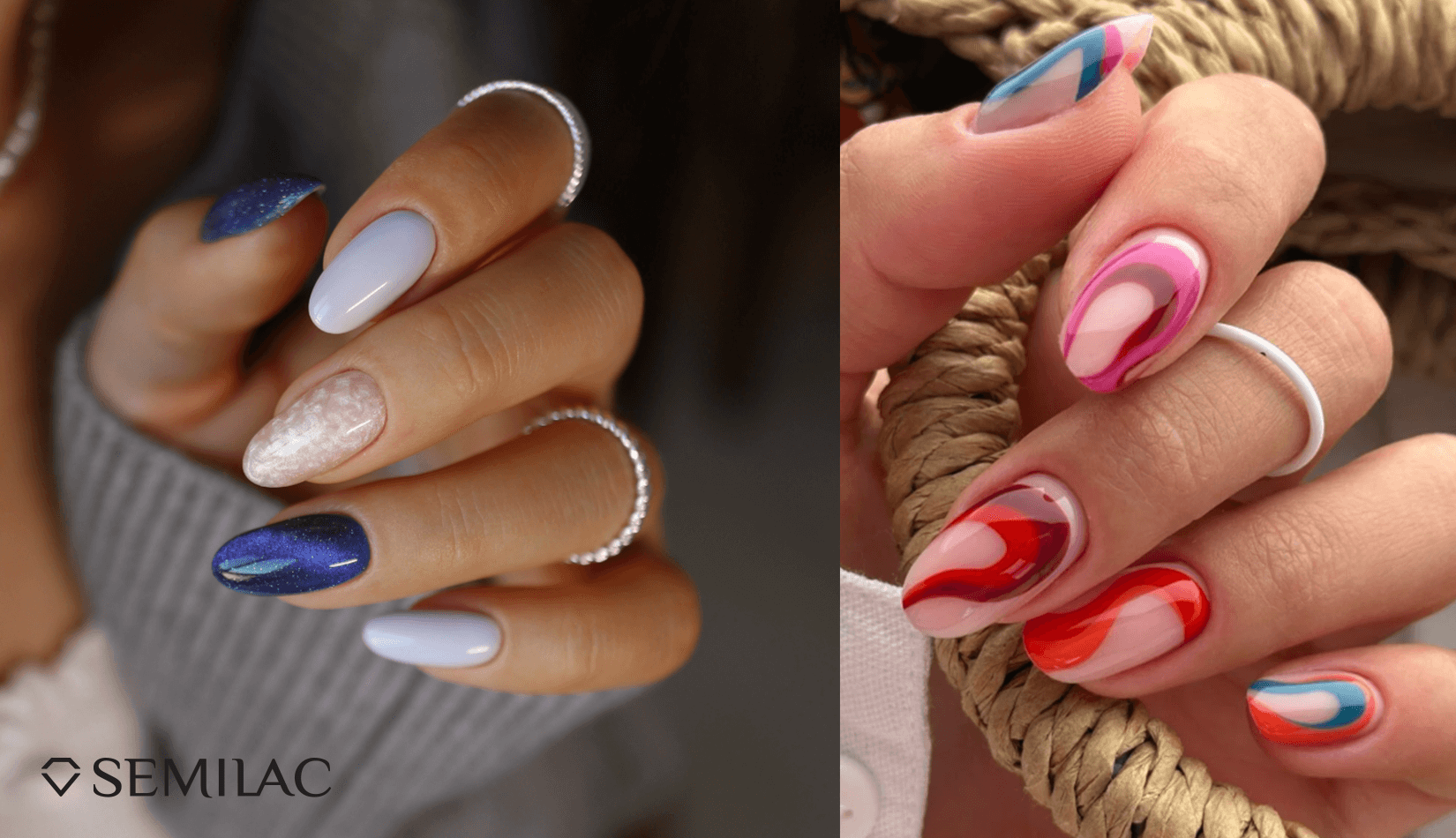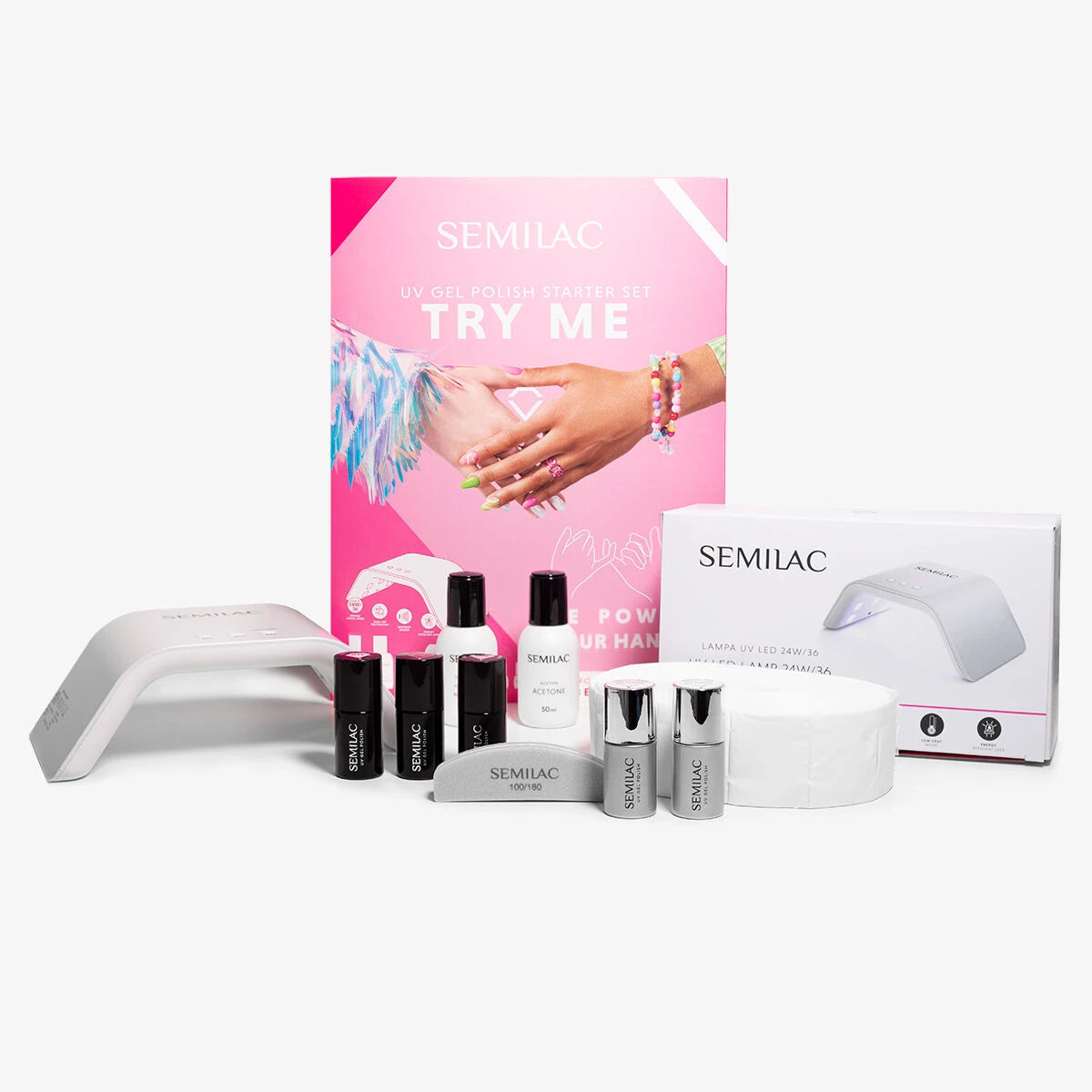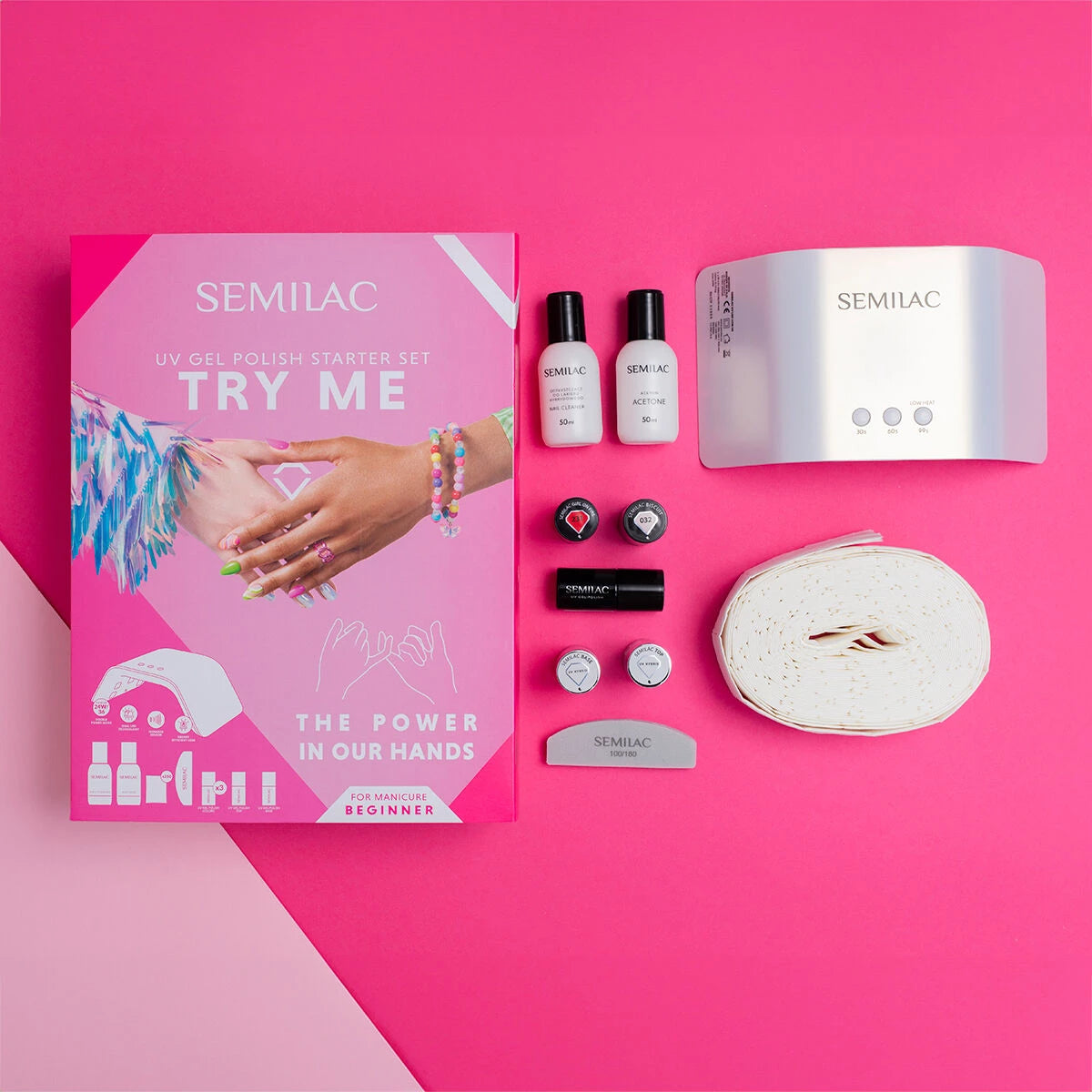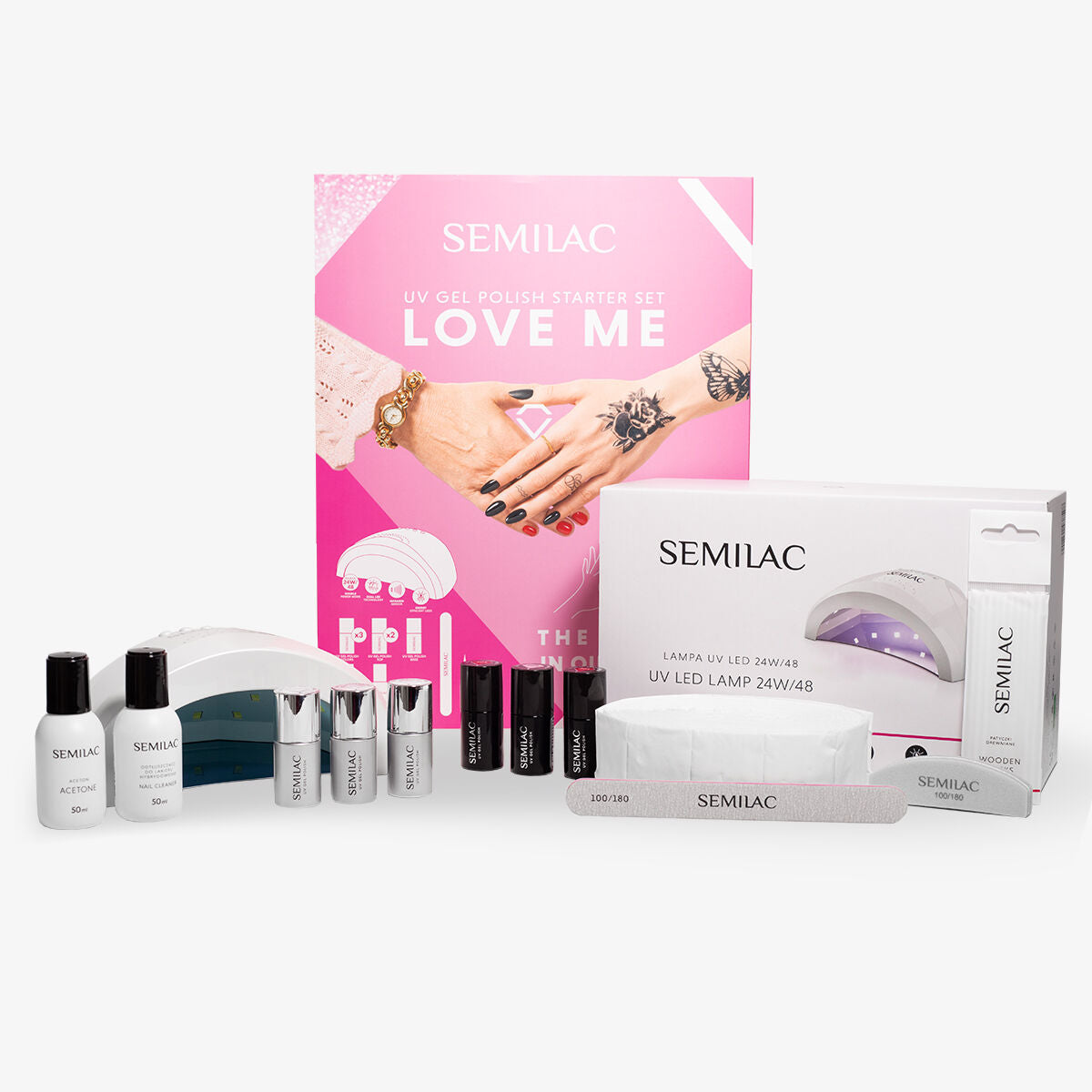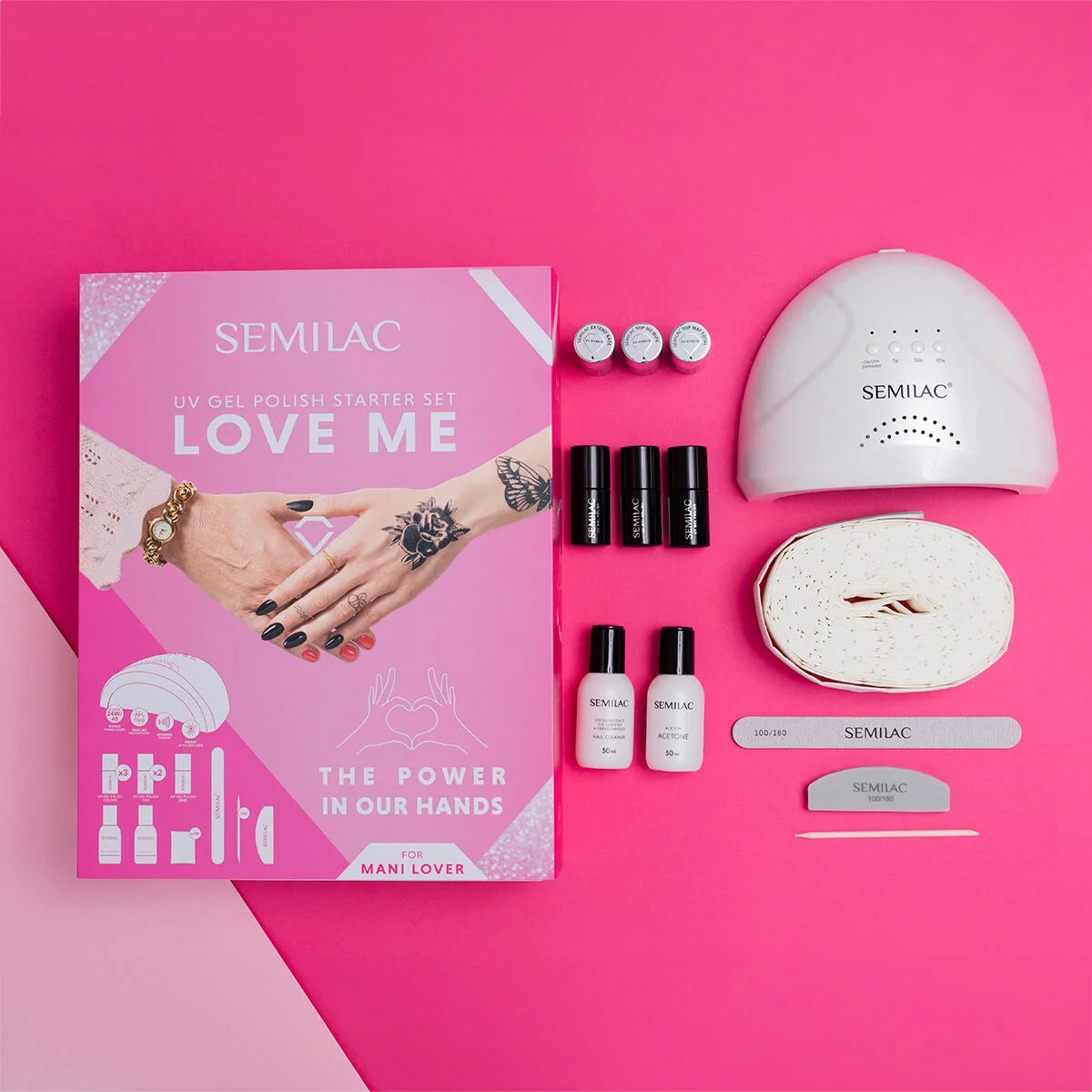Over-filed Nail Plate? See How to Care for a Damaged Nail!
An over-filed nail plate is quite a common issue - unfortunately, it’s not only an aesthetic one. Can a damaged nail plate regenerate? Let’s find out!
Over-filed Nail Plate - How to Care for It? Can You Apply a Conditioner or Do a UV Gel Polish?
An over-filed nail plate looks unsightly and often causes considerable discomfort. There are several causes behind this unpleasant mechanical injury. Learn what they are and how to avoid painful mistakes. Also, check how to look after over-filed nails if the damage has already occurred!
Over-filing the Nail Plate - Causes of Damage
Nail plate over-filing usually results from several factors. Take a closer look to make sure you’re not making mistakes that could lead to injury.
Improper Removal of UV Gel Polish or Hard Gel Extensions
Damage may occur due to removing too many layers - not only the product but also the natural nail - when using a file or an e-file. The grit of the file or drill bit is key: if it’s too coarse, it will quickly damage the plate. Incorrect e-file technique (even with the right bit) such as pressing too hard or holding the bit in one place for too long is another common cause. Thin, brittle, or already weakened nails are particularly prone to over-filing.
Incorrect Preparation of the Nail Plate Before Styling
To create a beautiful and long-lasting manicure, the nail and cuticles must be prepared correctly. Preparation isn’t just about pushing back or trimming cuticles and shaping the nail - it also involves gentle buffing with a buffer block to smooth the surface, remove small imperfections and de-grease it. But if you use the wrong grit or apply too much pressure, or file in one spot for too long, you can easily over-file the nail.
Over-filed Nail Plate - Symptoms
The symptoms of over-filing vary depending on the severity of the damage. Nails become brittle, fragile, peel, and split. In more severe cases, the nail turns pink or even red, which indicates that many layers have been removed. This often causes pain or at least discomfort.
Over-filing - Consequences
Over-filed nails not only look unattractive but are also weaker, more brittle, and more prone to further damage. Severe over-filing may lead to onycholysis - detachment of the nail plate from the nail bed. Because the plate is so thin, even a minor bump or snag could cause it to lift or tear.
Over-filed Nails - What to Do?
First of all, it’s important to note that an over-filed nail plate cannot be healed, and the reason is simple: the nail is a dead structure of the epidermis and therefore cannot regenerate. No dietary supplement will help here either. You simply need to be patient and wait until the nail grows out. But does that mean you can do nothing? Not at all!
Keep Nails Short
The damaged plate must be kept short at all times. Trim as soon as any growth appears to reduce the risk of damage from snagging or tearing. Use gentle files (e.g. paper files), filing in one direction only to avoid further splitting. And never file wet nails, as they’re softer and more prone to breakage.
Strengthening the Plate with Nail Conditioner
Because over-filed nails don’t look good, it may be tempting to cover them with a UV buider gel or UV gel polish manicure. But can you?
If the damage is severe, avoid UV gel polish, builder gel, or acrygel - the curing process in the lamp may be painful and could lead to onycholysis.
A much better option during regrowth is to gently strengthen the nails with a hardening conditioner, such as Semilac Nail Power Therapy 5in1 Crystal Strong. This clear formula is designed for thin, brittle nails - it helps prevent splitting and cracking, strengthens and hardens the plate, protects against yellowing, and increases resistance to mechanical damage.
Hand Care and Protection
Even though the damaged part of the nail will not regenerate, you can still support the overall appearance and comfort of your hands. Use a cuticle oil and a nourishing hand cream to hydrate and soothe the skin. Always wear protective gloves when cleaning or using detergents to shield your fragile nails and cuticles.
⚠️ If the damage is severe - the nail is bleeding, infected, swollen, or very painful - do not apply any products. Consult a doctor.
Preventing Over-filing
Whether you remove old products or prepare the nail plate for a new manicure, take extreme care.
-
Prepare a well-lit, comfortable workspace so you don’t rush.
-
Control every move when using a file or an e-file. Do not press too hard or stay in one spot.
-
With an e-file, avoid removing the entire layer of product - leave a thin layer and remove the rest with a softer file or a buffer. Alternatively, soak off the remainder with acetone.
-
When prepping for a new manicure, use only a gentle buffer for light mattifying - it’s enough to smooth and even the natural nail.
-
If you’re taking a break from builder gel or UV gel polish, use conditioners and oils regularly to strengthen the plate and nourish cuticles.
Summary
Over-filing is an unfortunate accident that can be painful and, in severe cases, may even lead to nail plate separation. That’s why it’s essential to be cautious both when removing old products and when preparing nails for a new manicure. Thankfully, you now know how to avoid over-filing - and how to care for your nails if it does happen.
FAQ
1. What are the main causes of nail plate over-filing?
It usually results from improper removal of UV gel polish or gel extensions and incorrect preparation of the nail plate. The most common mistakes include pressing too hard, using overly coarse tools, and incorrect technique, particularly on fragile nails.
2. What are the symptoms of an over-filed nail plate?
Symptoms include brittleness, fragility, peeling, splitting, discolouration (pink or red tones), pain, or discomfort.
3. Can you apply UV gel polish to an over-filed nail plate?
No - especially if the damage is severe. The curing process may be painful and worsen the condition. Instead, use hardening conditioners to protect and strengthen the nail.
4. How can you care for over-filed nails to avoid further damage?
Keep nails short, use gentle files, avoid filing when wet, and regularly apply conditioners and oils. Protect your hands with gloves during household chores.

